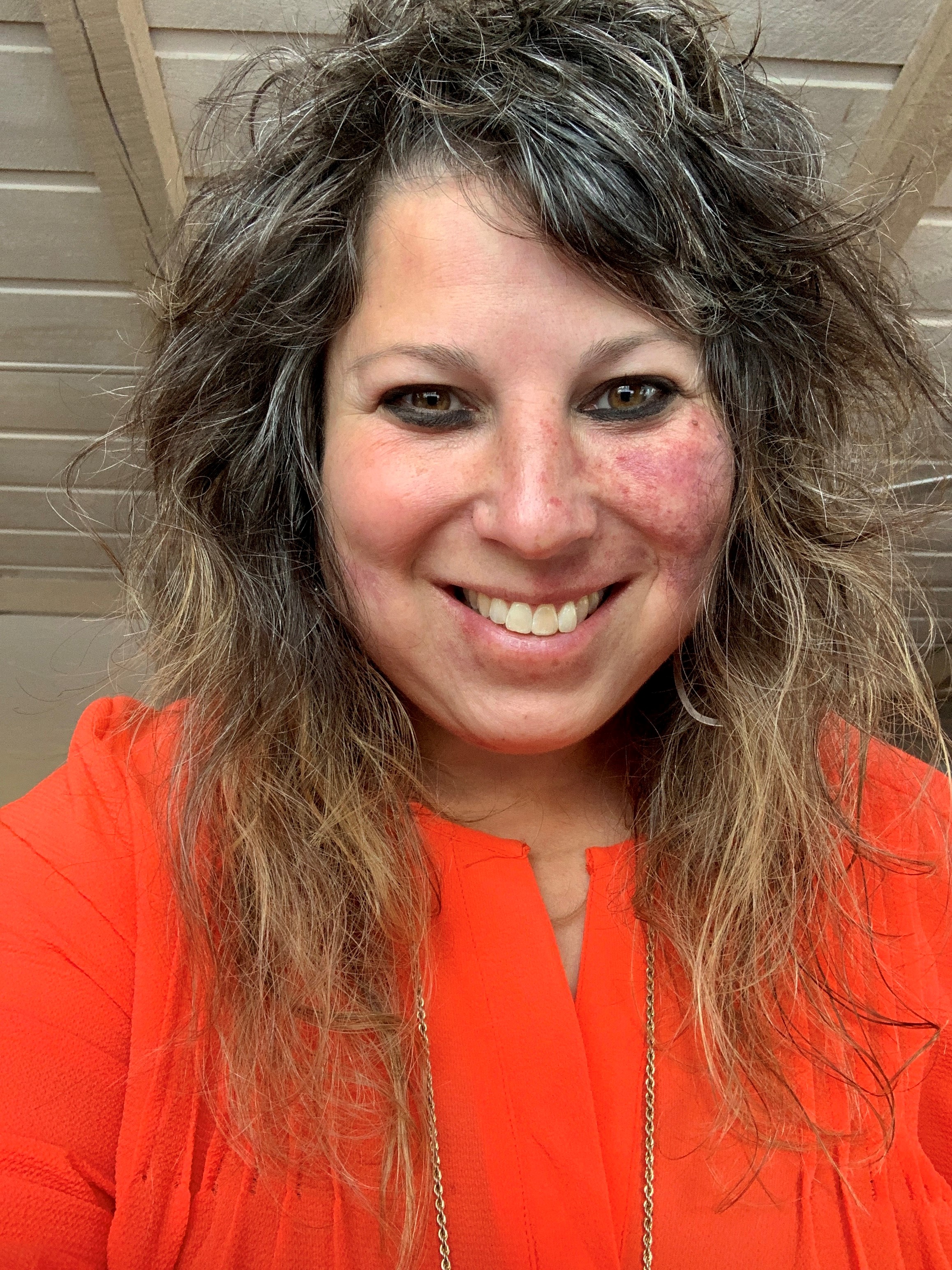Too much screen time for tweens leads to disruptive behavior disorders, study finds
New research has found that preadolescents who spend more time on digital devices have a higher likelihood of developing disruptive behavior disorders and are especially influenced by social media.
The study, published in the Journal of Child Psychology and Psychiatry, was conducted by researchers at University of California, San Francisco. Investigators found that while social media was most likely to be linked to conduct disorder, watching videos and television, playing videos and texting were more likely to be associated with oppositional defiant disorder (ODD).
According to the study, conduct disorder is characterized by violating others’ basic rights or societal rules with actions such as bullying, vandalism, and stealing, while ODD is marked by a pattern of angry or irritable mood, argumentative or defiant behavior, and vindictiveness.
Researchers collected data from a demographically diverse national sample of 11,875 children aged 9 to 11 years old. The children self-reported hours per day spent on six different screen modalities: viewing/streaming TV shows or movies; watching/streaming videos; playing video games; texting; video chatting; and using social media, separately for weekdays and weekend days.
The study found that the average amount of screen time was four hours per day, with the most time spent watching/streaming TV shows/movies (1.3 hours on average), playing video games (1.1 hours), and watching/streaming videos (1 hour).
Four hours a day was a threshold, with time above four hours associated with a 69 percent higher prevalence of conduct disorder and a 46 percent higher prevalence of ODD.
To conduct this research, investigators examined links between different types of screen time and then evaluated for behavior disorders one year later. They found that each hour of social media was linked with a 62 percent higher prevalence of conduct disorder, while television, video games, video chat, and texting were linked with a 14 percent to 21 percent higher prevalence of ODD.
To assess for behavior disorders, researchers asked parents and caregivers to complete the Kiddie Schedule for Affective Disorders and Schizophrenia (KSADS-5), a computerized tool for categorizing child and adolescent mental health concerns, a year after their children had reported screen use. They found 1.9 percent of the children met criteria for new-onset conduct disorder (1.1 percent of girls and 2.8 percent of boys) and 6.3 percent met criteria for new-onset oppositional defiant disorder (4.7 percent of girls and 7.9 percent of boys).
“Social media platforms can encourage bullying and aggression, which may contribute to the development of conduct disorder in children,” said Jason Nagata, MD, lead study author and assistant professor of pediatrics at UCSF in a statement.
“Children can be exposed to violent content on social media through ads even if they are not searching for it,” said Nagata. “If kids do search for violence, algorithms will feed back even more disturbing content and children can get stuck in cycles of toxicity.”




















SHARE